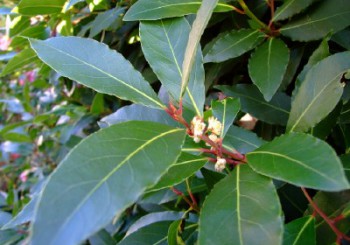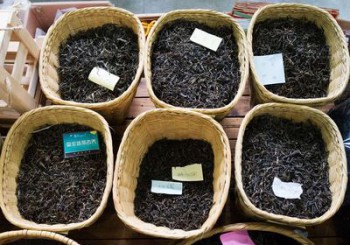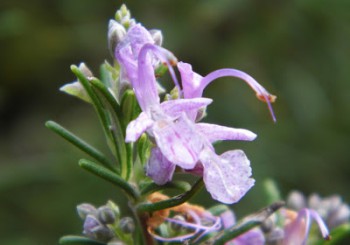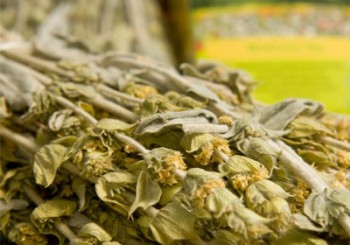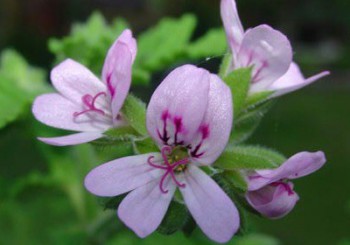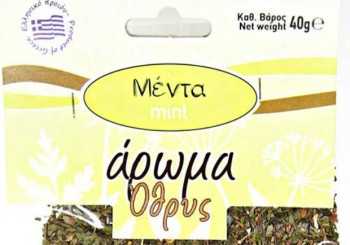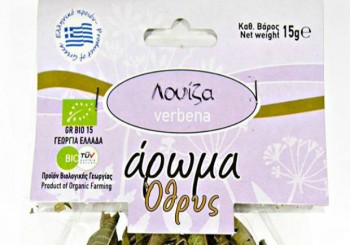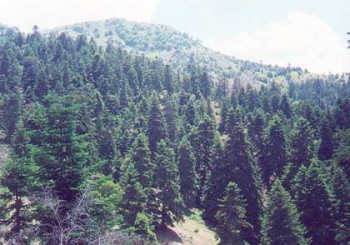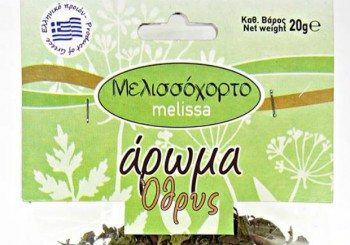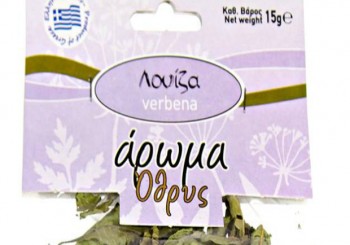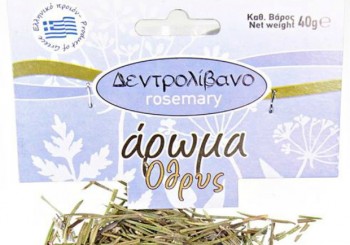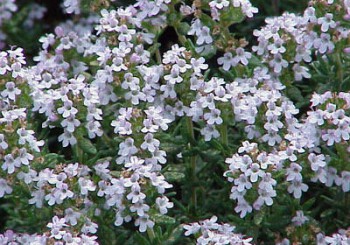
The Latin name is Thymus vulgaris (Thymus common). It is found in the southern and Mediterranean regions of Europe, in various parts of Asia and is grown in North America.
Other names are thyme, savory and melitzini. It is a small shrub whose height does not exceed 40 cm. Its color is grayish. Its stems are woody, upright, well branched, square. Leaves small, oval, plush...
> > >







